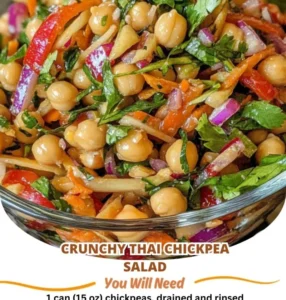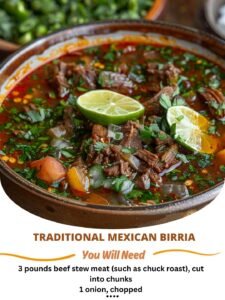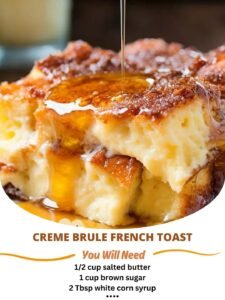
There’s something deeply satisfying about picking a crisp, sun-ripened apple straight from your own tree. Whether you’re dreaming of baking pies with fruit from your backyard or just want a low-maintenance tree that pulls double duty as shade and snack source, planting apple trees is one of the most rewarding things you can do in the garden.
I used to think apple trees were only for big orchards or serious growers, but with the right variety — and a little know-how — they’re surprisingly easy to grow at home. And thanks to dwarf and semi-dwarf rootstocks, even small yards can handle an apple tree or two.
Based on what I’ve learned (and tasted), here’s how I choose apple trees for home planting — and the varieties I keep coming back to year after year.
Why Plant an Apple Tree?
Reliable fruit: Once established, apple trees produce reliably every season with minimal effort.
Great for pollinators: Their spring blossoms attract bees and beneficial insects.
Beautiful and functional: Apple trees provide shade, seasonal color, and a built-in snack station.
So many varieties to choose from: Whether you want tart, sweet, crisp, or soft — there’s an apple for every taste.
What to Know Before You Plant
1. Understand Pollination Needs
Some apple trees are self-pollinating, but most need a second variety nearby for cross-pollination. That means you’ll get the best fruit production if you plant two compatible varieties.
Tip: Make sure both trees bloom around the same time — early, mid, or late season — so their flowers are open for pollination at the same time.
2. Choose the Right Rootstock Size
- Standard: Full-size trees that grow 20–30 feet tall. Great for large yards.
- Semi-dwarf: 12–15 feet tall, with good yields and easier harvesting.
- Dwarf: 8–10 feet tall, ideal for small yards or container growing.
I typically go with semi-dwarf trees for a balance of manageable size and solid production.
3. Know Your Zone
Check your USDA hardiness zone and choose a variety that thrives in your climate. Some apples need cold winters to set fruit, while others do better in warmer zones.
My Favorite Apple Trees to Plant at Home
1. Honeycrisp
- Flavor: Sweet-tart with a crisp bite
- Harvest: Mid to late season
- Best for: Fresh eating
- Pollination: Needs a pollinator
This is hands-down one of my favorite apples for snacking. It’s incredibly juicy and doesn’t brown quickly when sliced — perfect for lunchboxes.
2. Gala
- Flavor: Mildly sweet and aromatic
- Harvest: Early to mid-season
- Best for: Eating fresh and baking
- Pollination: Needs a pollinator
Gala is a great first tree. It’s productive, dependable, and loved by kids and adults alike. Plus, it stores well.
3. Fuji
- Flavor: Very sweet, crisp, low acid
- Harvest: Late season
- Best for: Fresh eating and long storage
- Pollination: Needs a pollinator
Fuji apples get even sweeter after a few weeks in storage, which makes them ideal for fall harvests that stretch into winter snacking.
4. Granny Smith
- Flavor: Tart, firm, classic
- Harvest: Late season
- Best for: Baking, cooking, cider
- Pollination: Needs a pollinator
This one’s essential if you love a good apple pie. The firm flesh holds up in cooking and adds the perfect zing.
5. Liberty
- Flavor: Sweet-tart and juicy
- Harvest: Mid-season
- Best for: Organic growing (high disease resistance)
- Pollination: Needs a pollinator
Liberty is one of my favorite low-maintenance varieties. It resists many common apple diseases, making it ideal for organic gardeners or beginners.
6. Golden Delicious
- Flavor: Mild, sweet, smooth texture
- Harvest: Mid to late season
- Best for: Snacking and sauces
- Pollination: Good pollinator for other varieties
It’s not just for grocery stores — homegrown Golden Delicious is softer and more flavorful than store-bought. Plus, it pairs well with tart apples in mixed dishes.
Tips for Growing Healthy Apple Trees
- Sunlight is key: Choose a spot that gets at least 6–8 hours of sun daily.
- Good drainage matters: Apple trees hate soggy roots. If your soil drains poorly, consider a raised mound or elevated bed.
- Mulch for moisture and weed control: A layer of mulch helps retain moisture and keeps weeds at bay. Keep it a few inches away from the trunk.
- Annual pruning = happy tree: Prune in late winter to shape the tree, remove dead branches, and improve air circulation.
How I Pair and Plant My Trees
When I’m planting more than one apple tree, I mix varieties that bloom around the same time for proper pollination. For example:
- Honeycrisp + Gala = great pairing
- Granny Smith + Fuji = both late-season bloomers
- Golden Delicious = a strong pollinator for many varieties
Spacing is important too. I leave at least 10–15 feet between dwarf and semi-dwarf trees so they have room to spread.
Why These Apple Trees Are Worth Planting
Apple trees bring beauty, fragrance, and food to your yard. With the right selection, you’ll enjoy years of crisp harvests, fragrant blossoms, and the simple joy of growing something from the ground up. Whether you want to plant just one or start a backyard mini-orchard, these varieties are a great place to begin.




Leave a Reply